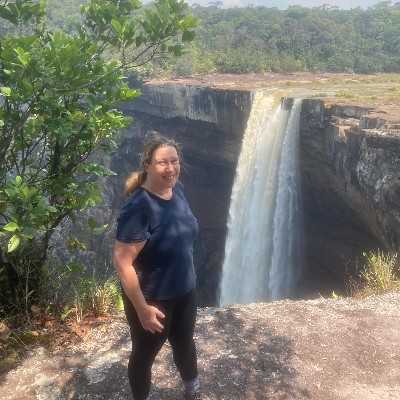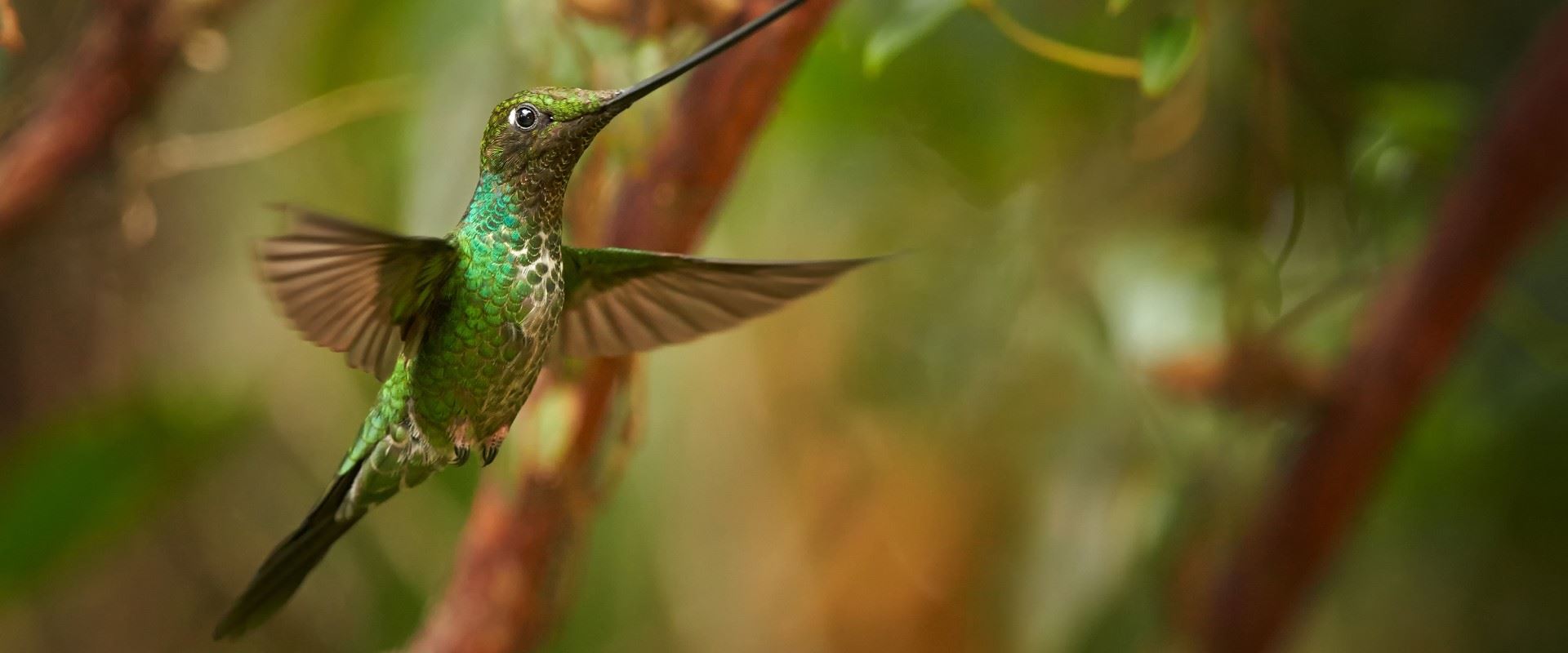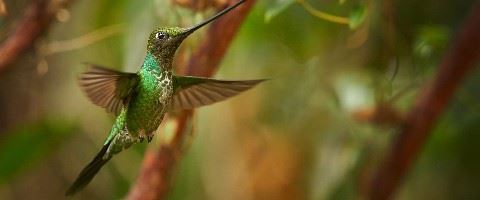Up until the Inca conquest of the 1460s and beyond, what is today Ecuador comprised distinct groups of Amerindian tribes. The Incas had hardly absorbed ‘Ecuador’ into their own vast empire when gold-thirsty Spanish conquistadors arrived in earnest in 1532; within two years the Incas were cruelly finished. Spain ruled most of the region until the early 19th century with Ecuador finally declaring full independence in 1830.
As a destination the country punches well above its apparent weight. From its lush fertile lowlands and easy-going culture along the Pacific coast rise the Andes with snow-clad peaks punctured by around thirty active and inactive volcanoes. Beyond these rugged highlands interspersed with broad intensively farmed valleys and lonely grasslands, the land drops away into the enigmatic El Oriente, ‘the East’, and its huge often impenetrable swathe of sparsely populated Amazonian jungle.
Ecuador is among the world’s most bio-diverse countries with around 1,600 bird species (15% of the world total), over 16,000 species of plants and an astonishing 6,000 butterflies. Uniquely its constitution recognises the ‘rights of nature’ whose protection is a national priority. Crowning these credentials are the remarkable Galapagos Islands, often described as a living museum and showcase of evolution.
Most of the country’s sixteen million inhabitants are mestizos – of mixed Caucasian (typically Spanish) and indigenous Amerindian origins – along with significant minority populations of ‘pure’ Amerindian tribes, and descendants of European and African groups.
This cultural diversity is most readily apparent in its urban centres. Down on the Pacific coast, Guayaquil, its largest city, throbs with typically Latin verve and flamboyance but it’s Quito, the solemn Andean capital, which really lures visitors. Built atop an Inca city and now a UNESCO World Heritage Site, the old town is probably South America’s largest and best-preserved historic centre. Smaller towns like Otavalo offer a vivid window onto colourful Amerindian life while picturesque Cuenca (another World Heritage Site) showcases 16th-century Spanish town planning.
Yet even here it seems nature, both tamed and untrammelled, is pushing at the door. Abundant exotic fruits and peculiar indigenous herbal cures are part of everyday life. Even the capital Quito is loomed over by Pichincha, one of many volcanoes comprising the celebrated ‘Avenue of Volcanoes’ so-named by explorer Alexander von Humboldt in the early 1800s.
An Ecuador holiday at a glance
- Sits on the Equator - a year round destination.
- Compact country.
- UNESCO World Heritage sites.
- Rich diversity in geography, wildlife and culture.
- Amazonian jungle, Andes mountains, cloud forest and tropical forests.
- Over 1,600 of species of birds.
- Breathtaking train rides through the heart of the Andes.
- Museums, markets and colonial elegance.
- Gateway to the Galapagos islands.
- Self-drive itineraries.









